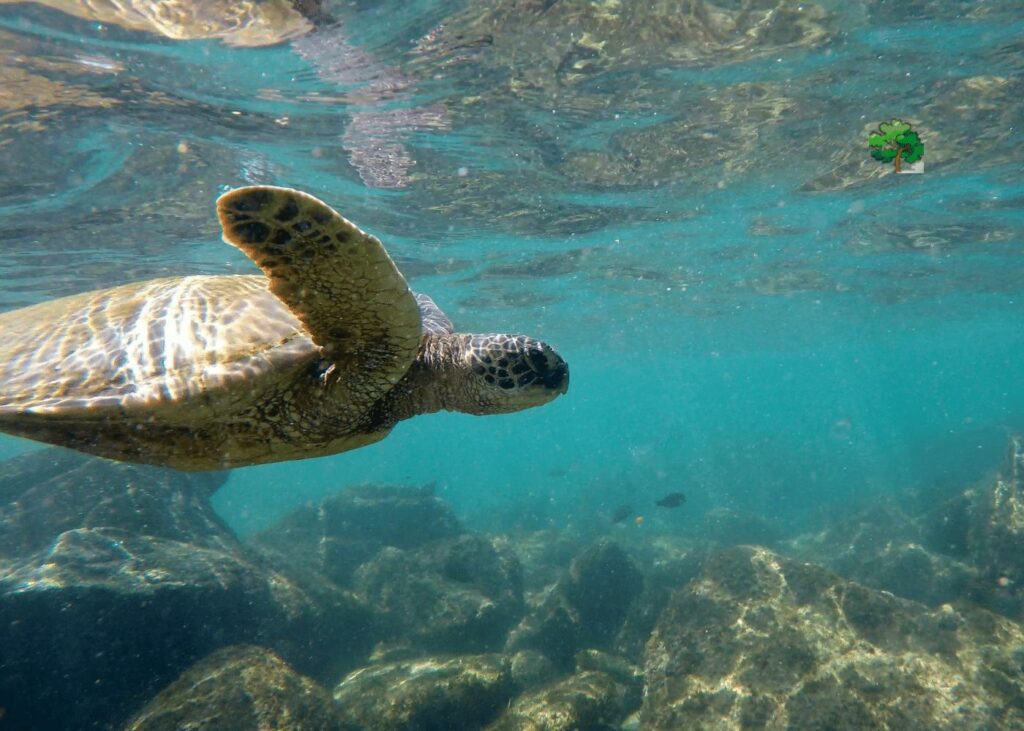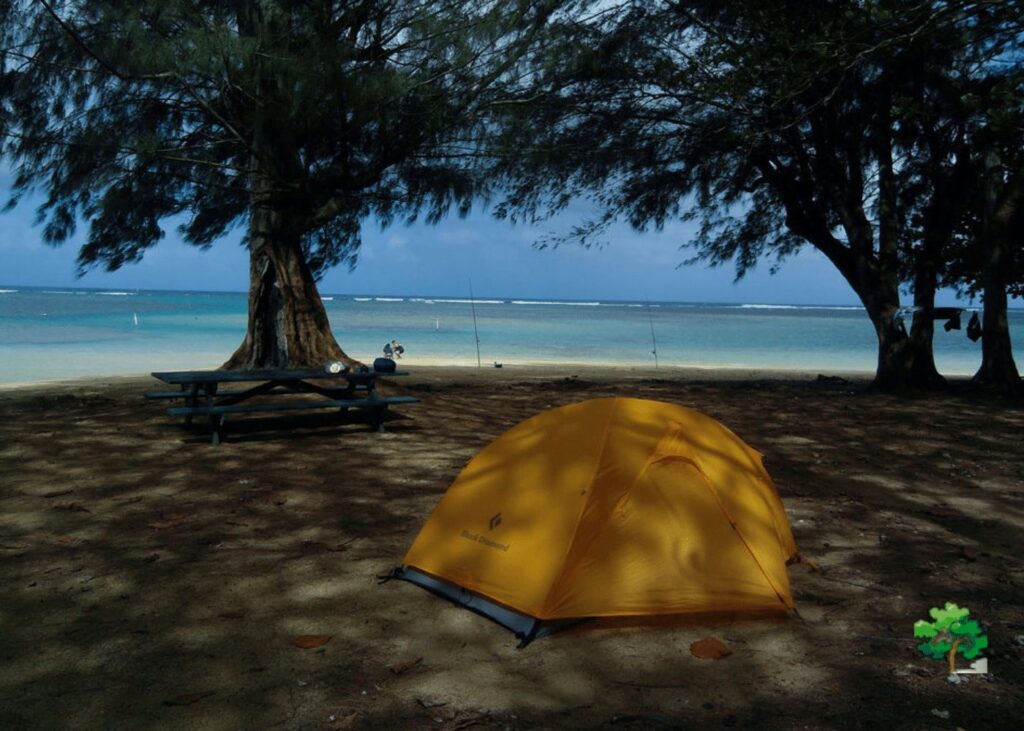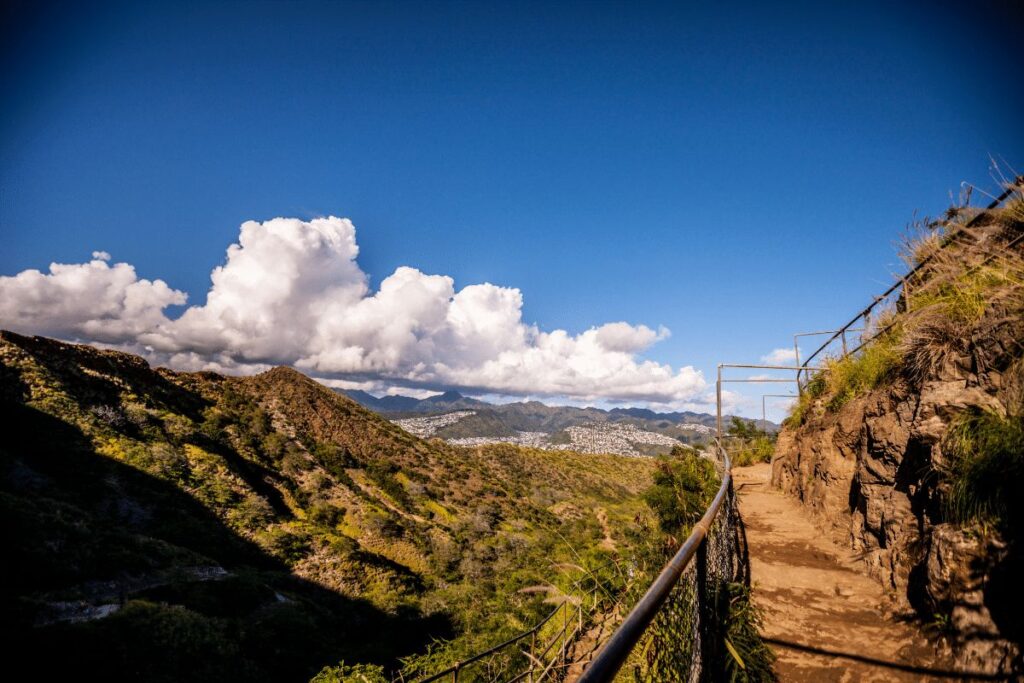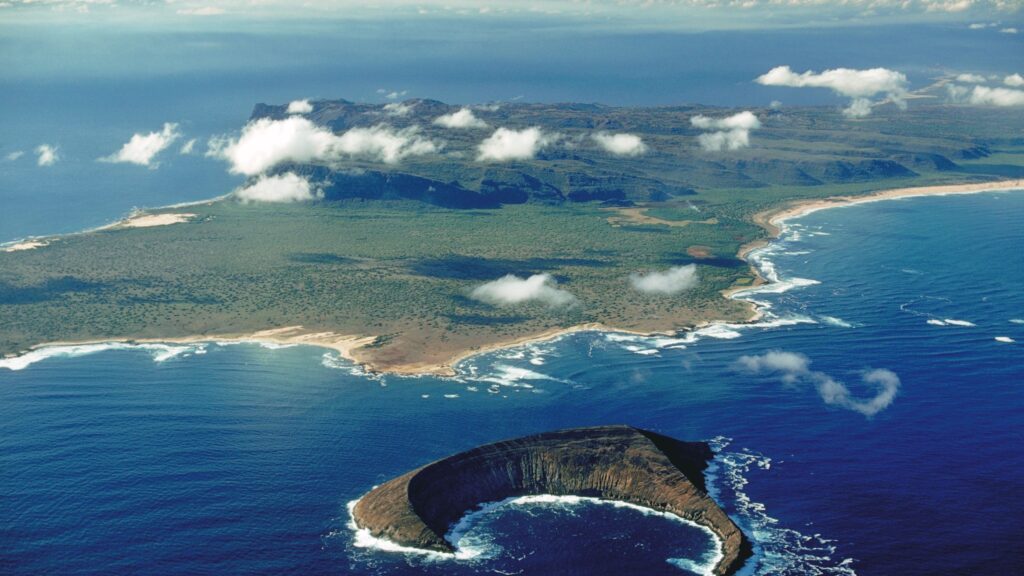Explore 10 iconic animals in Hawaii from the monk seal to the manta ray. Discover where to spot them in parks and the unique wildlife of the islands.
Hawaii, a tropical paradise, isn’t just renowned for its sun-kissed beaches and lush landscapes; it’s also a haven for unique and vibrant wildlife.
Whether you’re strolling the shores or trekking the hills, you’re bound to encounter some of these incredible creatures.
Dive in as we guide you through ten of Hawaii’s most iconic animals and how best to spot them during your visit.
Hawaiian monk seal
If you’re visiting Hawaii, you might be lucky enough to catch a glimpse of one of these rare and beautiful creatures: the Hawaiian monk seal.

The Hawaiian monk seal is considered endangered by the International Union for Conservation of Nature (IUCN). They were once common throughout the Hawaiian Islands, but as humans have encroached on their territory, they have been forced to retreat to remote, uninhabited areas.
Today, there are only around 1,500 Hawaiian monk seals left in existence—and they’re all found in Hawaii. Their numbers have dwindled so low that conservationists have declared them to be one of the most critically endangered mammals on earth.
The main threat facing these beautiful creatures is human activity—specifically the destruction of their habitat by fishermen and other people who use nets and traps to catch fish and other marine life for food.
These nets can trap or injure seals when they’re not careful enough while swimming through them.
In addition to this ongoing threat to their survival, there are also other dangers lurking out there for these animals: some people still hunt them for their meat or oil, while others capture them and sell them as pets or zoo exhibits (which is illegal).
Green sea turtle
When visiting Hawaii, you will see Green sea turtles. These turtles are protected under the Endangered Species Act and are often found in shallow waters or near coral reefs. They are known to be gentle and slow-moving creatures, which makes them easy prey for humans who hunt them for their meat.
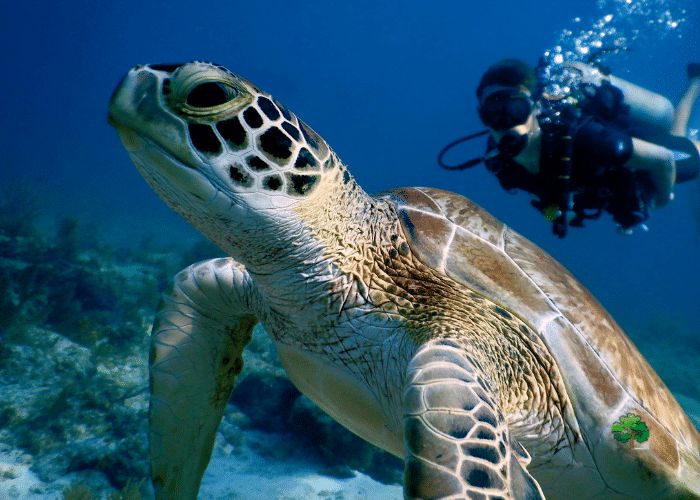
Green sea turtles have been around for millions of years, but they are now considered an endangered species because they are being hunted by humans as well as other animals such as sharks or dolphins.
As these creatures grow older, they become increasingly vulnerable to predators like sharks and dolphins because they cannot swim very fast anymore.
The green sea turtle is the most common and widespread sea turtle in Hawaii. They are endangered, but they are protected by law and have a long lifespan, so there’s hope for their species yet!
They can be found in shallow waters where they feed on algae and seaweed. The adult turtles average about 2 feet in length and weigh about 180 pounds.
The Green sea turtle is the most common sea turtle in Hawaii. It is found throughout the islands, but is most prevalent in the waters around Maui and Oahu. The Green sea turtle is an endangered species and an important part of Hawaiian culture and tradition.
Nene (Hawaiian goose)
When visiting Hawaii, you’ll definitely see the Nene. This is a bird that was brought to the island of O’ahu by Westerners in the late 1800s and has since become a symbol of Hawaiian culture. The Nene is a goose, and while they look similar to other types of geese, they are actually quite different.
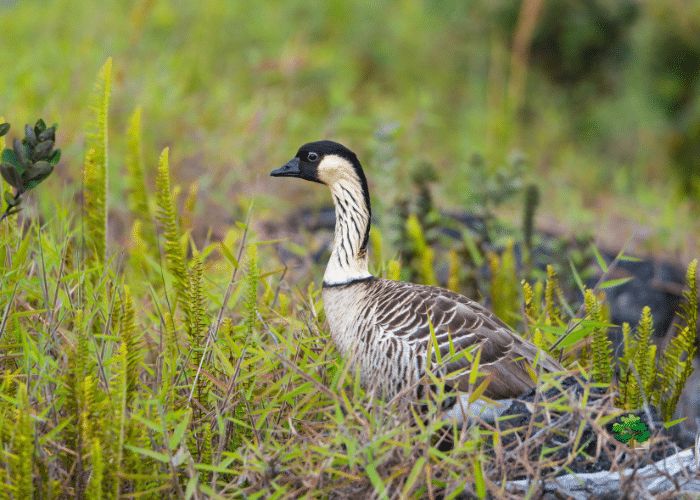
They spend most of their time on the ground where they graze on grasses and other plants for food.
The Nene population has declined over time due to predators such as dogs and cats introduced by humans into Hawaii’s ecosystem. However there are still several thousand Nene left today so it remains an important part of Hawaiian culture as well as an important animal species for conservationists around the world!
The Nene is only one of two remaining native land birds in Hawaii. Because of their size and their ability to fly, they were able to adapt to human habitation relatively easily when Polynesians first arrived in Hawaii about 1,000 years ago.
They were originally found throughout all of the Hawaiian Islands except for Lanai and Kahoolawe; however, today they are only found in small populations on Oahu, Maui and Kauai (the latter two are protected).
The nene population stands at 2,500 birds, making it the world’s rarest goose. It is believed that it was once common, with approximately 25,000 Hawaiian geese living in Hawaiʻi when Captain James Cook arrived in 1778.
Hawaiian hoary bat
A hoary bat is a small bat with white fur, otherwise known as a tree rat (because they literally live in trees). They are so named because of the unique white hair that covers their bodies.
The males are slightly larger than females and have a darker brown coat and wings. Females have a lighter brown coat and wings with extra long hairs at the base of each wing.
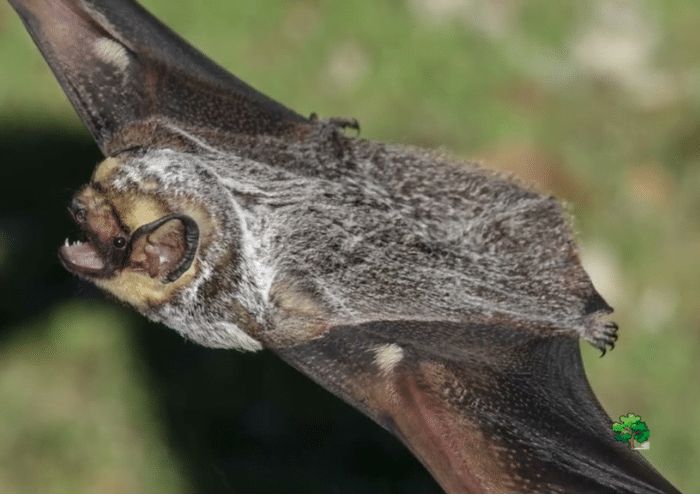
These furry little creatures like to eat insects, fruit, and nectar; it’s important to note that they won’t be able to survive on just any old thing—their specialized diet means they get all their energy requirements from what they eat!
If you see some hoary bats hanging out together on your next vacation there’s no need for concern–they’re actually very social animals who usually live in large colonies or groups (which makes them easy prey for predators).
These little guys have an average lifespan of about 15 years–not bad considering how many predators there are out there trying to take down every type of animal imaginable.
Humpback whale
Humpback whales are the most common whale in Hawaii. You can see them any time of year, but they are most likely to be seen during the winter months.
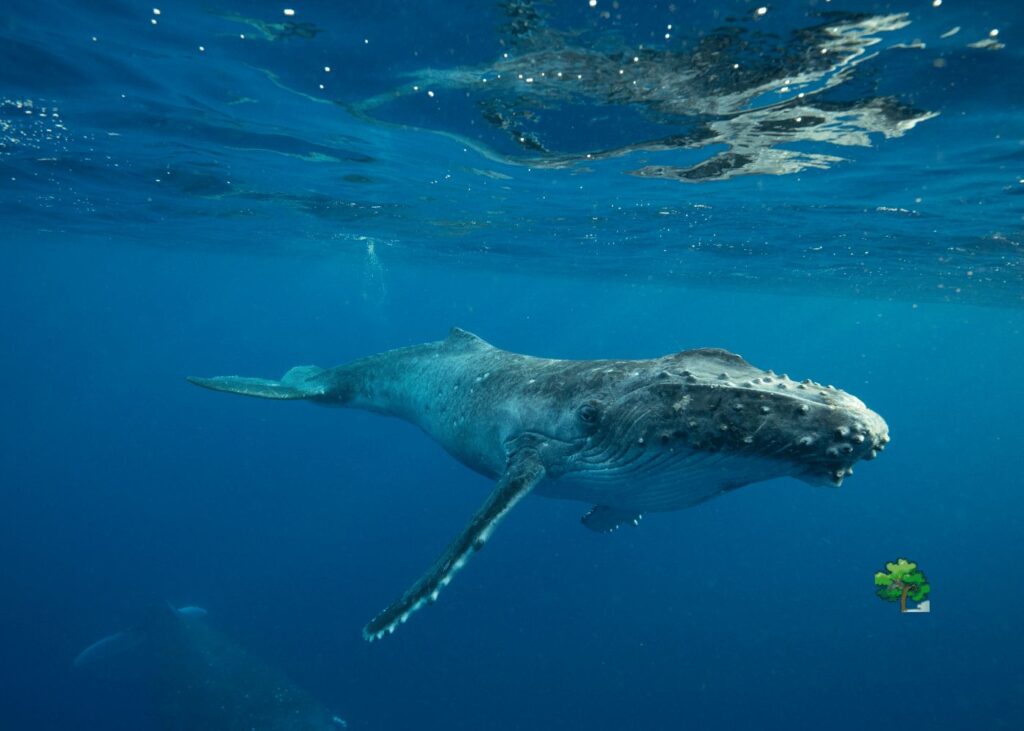
These massive creatures have a wide range of behaviors and display amazing acrobatics for audiences all over the world.
Humpbacks are a protected species and need our help to be able to continue their lives without being disturbed by people who would otherwise try to get too close for a photo opportunity or worse, hunt them down for food.
Bottle-Nosed dolphin
Dolphins are mammals, which means they breathe air and give birth to live young. Dolphins are also extremely intelligent creatures, and they are very social animals.
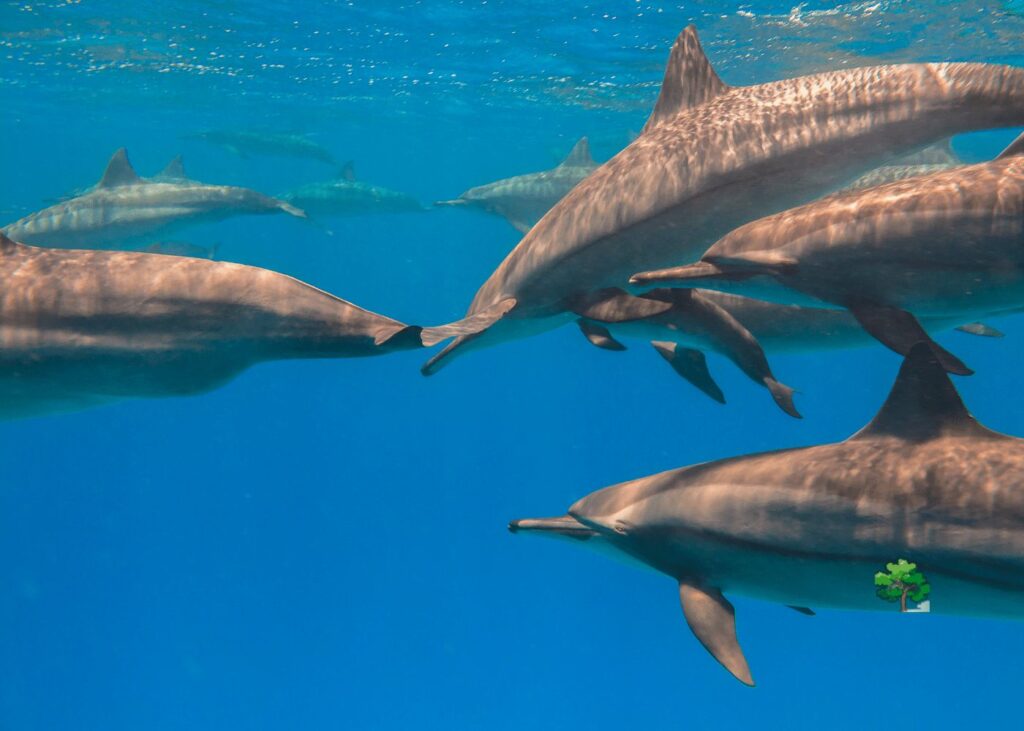
Dolphins live in groups called pods of up to 100 dolphins that stay together for life. Dolphins are playful animals, but they don’t play like we do because their bodies aren’t built the same way ours are!
Whale shark
The whale shark is the world’s largest fish, but it is also one of the most docile. It feeds on plankton and krill by using a filter-like mouth to strain tiny organisms from the water.
Whale sharks grow to be up to 40 feet long, which makes them quite an impressive sight in the wild! They are found in tropical waters throughout the world, but are especially common around Hawaii.
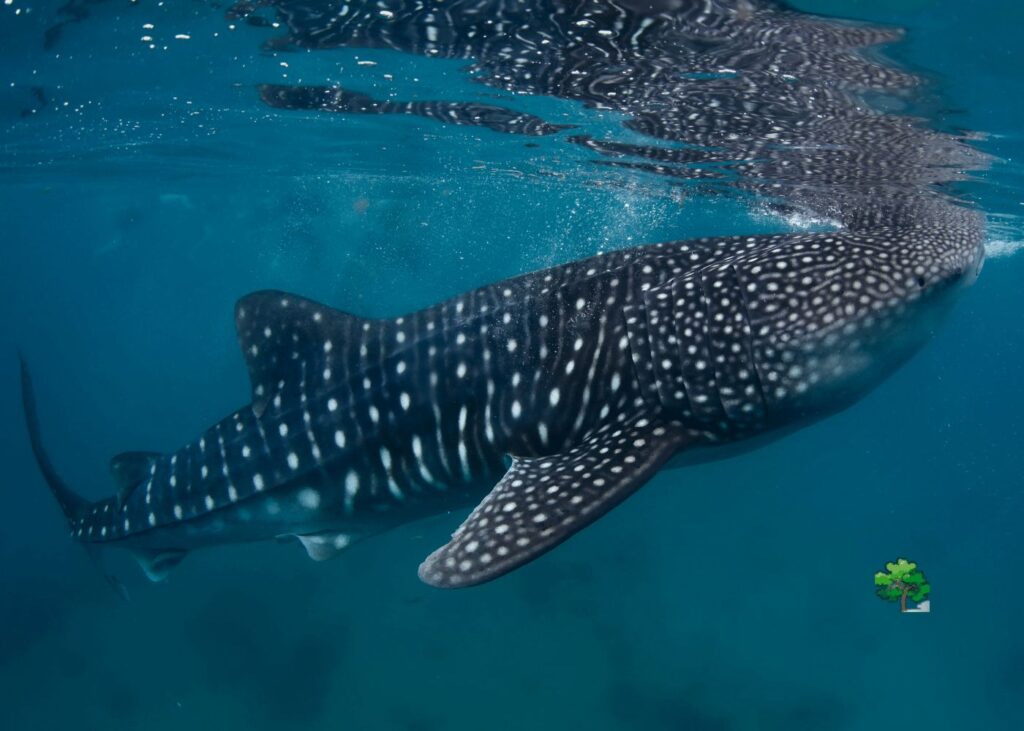
The whale shark has been protected by law since 1999, so you can enjoy seeing them without worrying about their safety or yours. These gentle giants aren’t aggressive at all—in fact, they sometimes come close enough that people can touch their smooth skin!
Although they’re huge animals that look like they could crush you with one swipe of their tail fin (and indeed have been mistaken for sea monsters), don’t worry: these marine mammals only eat tiny creatures floating around in open water—they don’t hunt anything big enough to harm humans (or any other animal).
Manta ray
The Manta Ray is a large ray belonging to the family Mobulidae. It lives in warm tropical and subtropical waters, at depths of up to 250 m (820 ft). It can be found near the surface, but spends most of its time in deeper water. The largest recorded manta ray was 5.5 meters (18 ft) wide with an estimated weight of 7 tons.
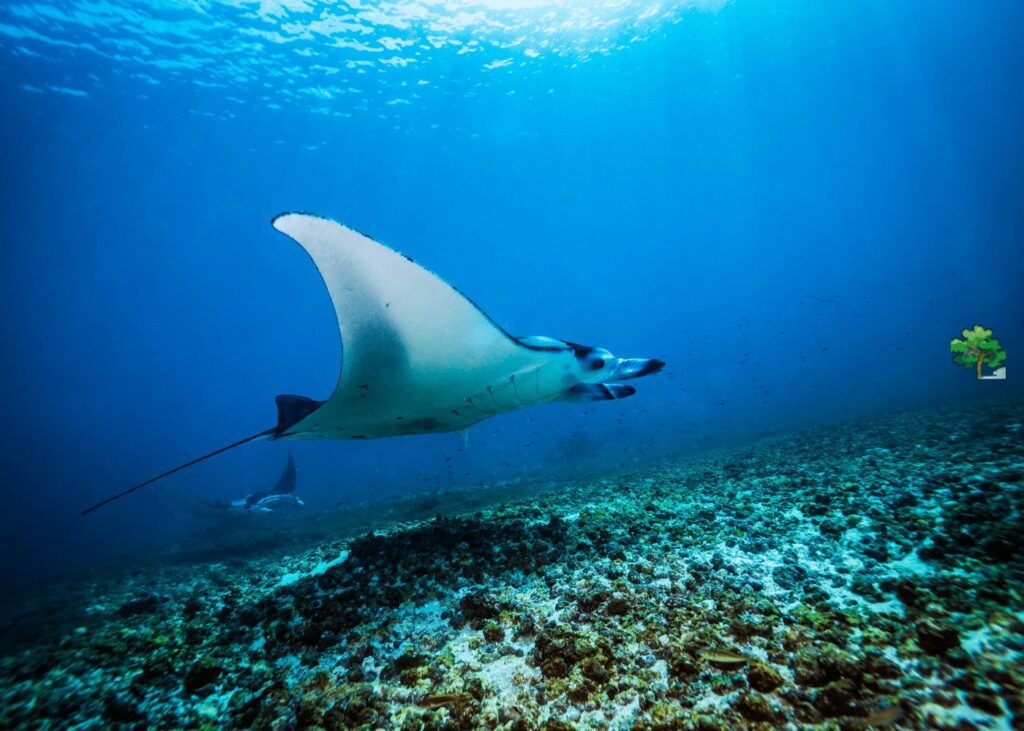
Manta rays are filter feeders that eat plankton and small fish by swimming through open water with their mouth open, filtering sea water for food as they go along.
They do this using their gill rakers which have bristles on them that collect food particles from passing currents into a mucous layer covering their bodies. Their diet consists mainly of zooplankton; however, occasionally they may also eat jellyfish or squid if there aren’t enough smaller prey available.
Mantas can migrate over very long distances: one individual tagged off Australia has been tracked traveling continuously eastward across the Indian Ocean over two years.
Chameleon
When visiting Hawaii, you will see a variety of unique animals that are native to the islands. One such animal is the chameleon.
The chameleon is a lizard with a long tongue and distinctive eyes that can change color. The chameleon has an unusual ability to change colors in order to blend into its surroundings or scare off predators.
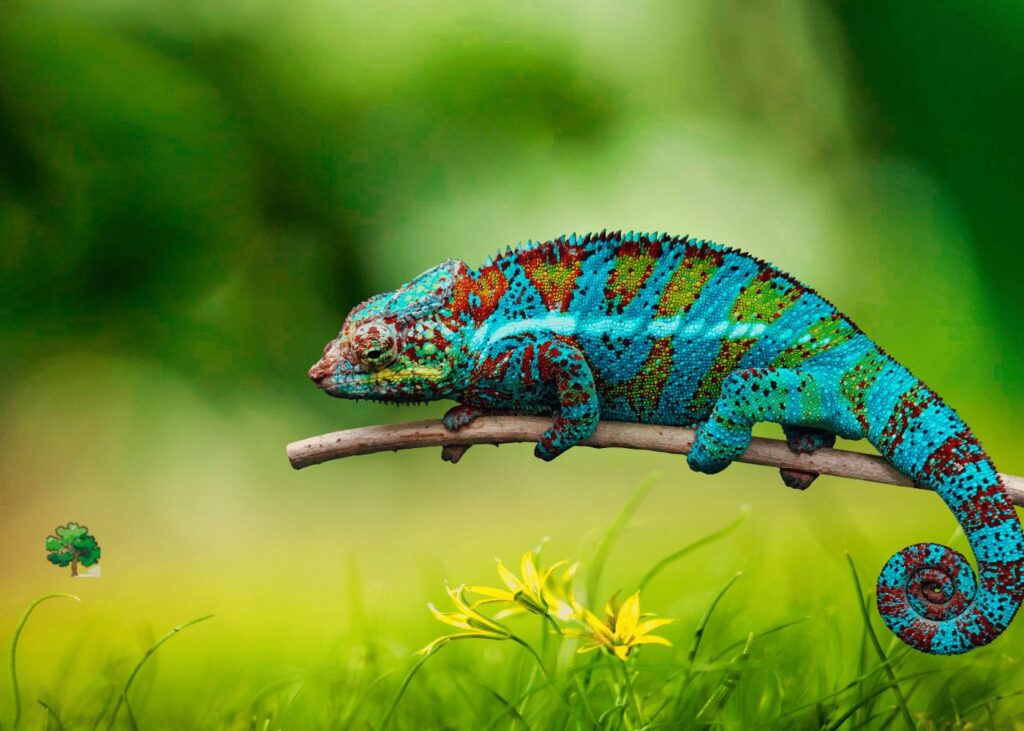
You can find chameleons on every island in Hawaii except for Kauai and Oahu. They are most commonly found on Maui and Molokai, but they have also been spotted on Lanai and Hawaii (the Big Island).
Chameleons are omnivorous, eating insects, plants, fruits and even small reptiles. They are nocturnal creatures who spend most of their time climbing trees searching for food during the day.
Chameleons live in dry forests and shrublands as well as wet forests where there are plenty of insects for them to eat.
Axis Deer And Mule Deer
When visiting Hawaii, you will see Axis Deer and Mule Deer.
Axis deer are native to India, Sri Lanka, and China. They are also found on the islands of Bali, Java, Sumatra and the Andaman Islands in Southeast Asia. The axis deer is a medium-sized deer with a grayish brown coat.
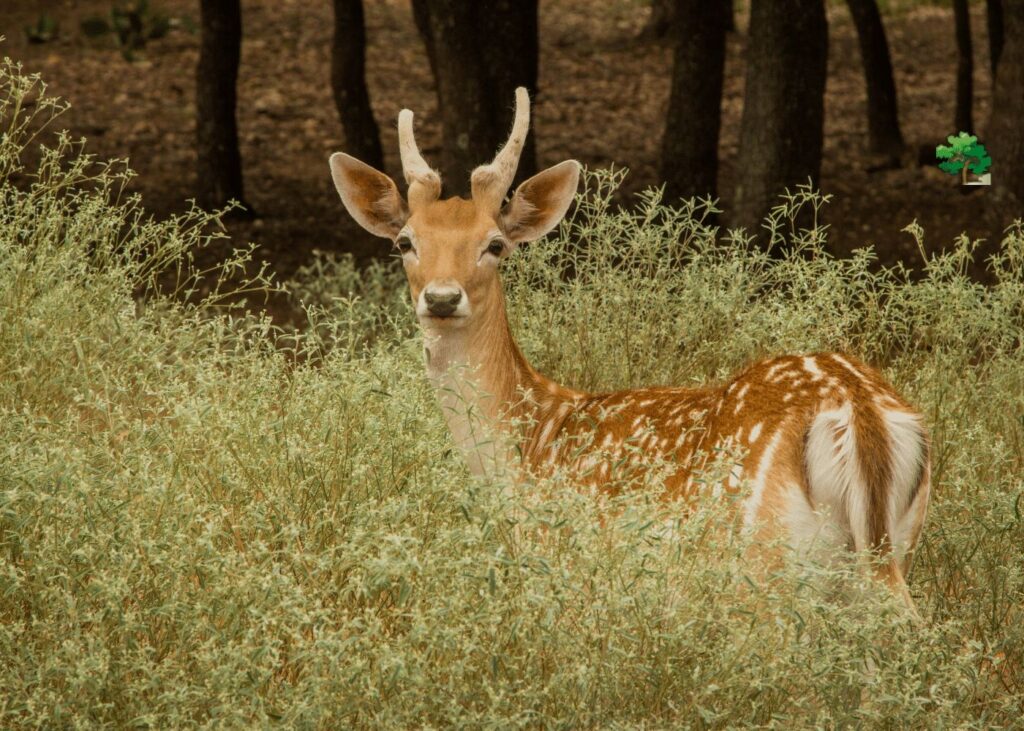
In Hawaii, Axis deer are found in rainforests at elevations between 2,000′ and 7,000′. They live in herds of up to 10 individuals and feed on fruits, leaves and fungi. The males grow antlers that they shed annually.
Mule deer were introduced to Hawaii by humans around 1892. They are now found on all the main Hawaiian islands except for Lanai and Kahoolawe.
Mule deer are named for their long ears which resemble those of a mule or horse. They have a tan body with white spots on their sides, back legs and belly area from which they get their name “White-tailed Deer.”
Mule deer eat mostly grasses but also eat shrubs when times are tough such as during droughts or fires where other food sources have been destroyed or become scarce due to lack of rainfall or other natural disasters like hurricanes or tsunamis that destroy their habitat.
Hawaii is a wonderful place to experience marine and land animals
Haleakalā National Park
If you’re looking for the best national park in Hawaii to see marine life, there’s no better place than Haleakalā National Park.
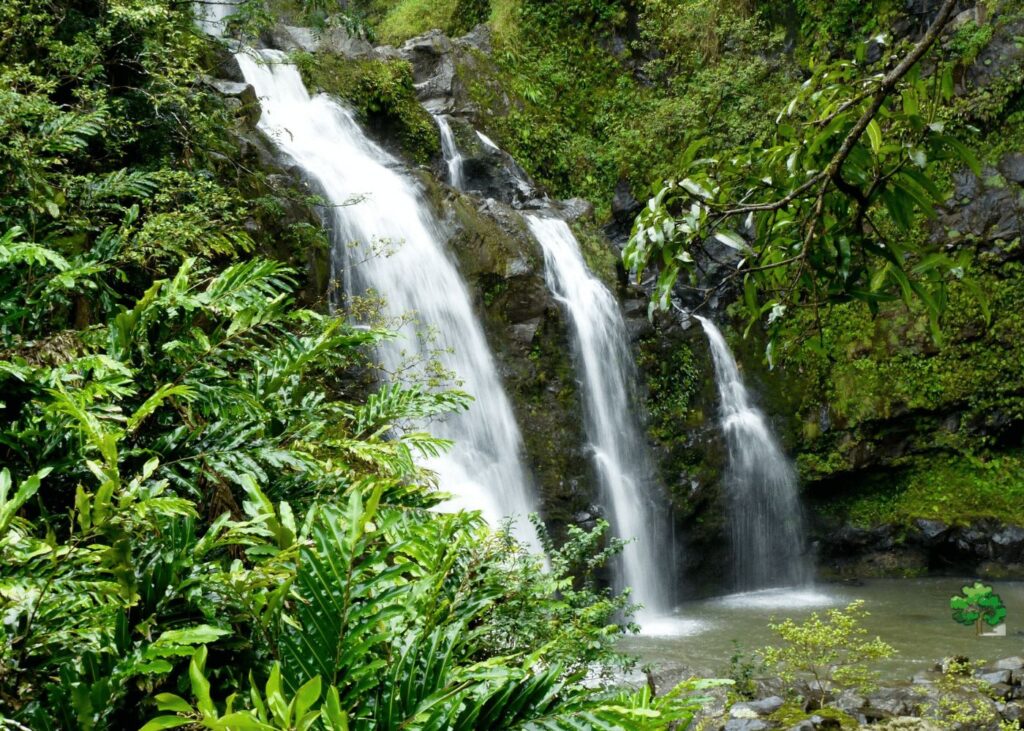
The park is home to over 2,000 species of plants and animals, including several endangered species. It’s also home to some of the world’s most unique geological features—the world’s largest dormant volcano Haleakalā and one of only two active volcanoes in the Hawaiian Islands (Mauna Loa).
The park spans over 6,000 acres and includes a number of different ecosystems: coastal shrublands, lowland mesic forest, montane wet forest, and subalpine wet forest. The diversity of habitats within this small area makes it an excellent location for observing wildlife.
There are many activities available at Haleakalā National Park including hiking, camping and snorkeling.
Kealakekua Bay State Historical Park
This beautiful beach is home to a number of fish species, including the Hawaiian green sea turtle and the humpback whale. It’s also home to several different kinds of coral, including brain coral and mauve staghorn coral.
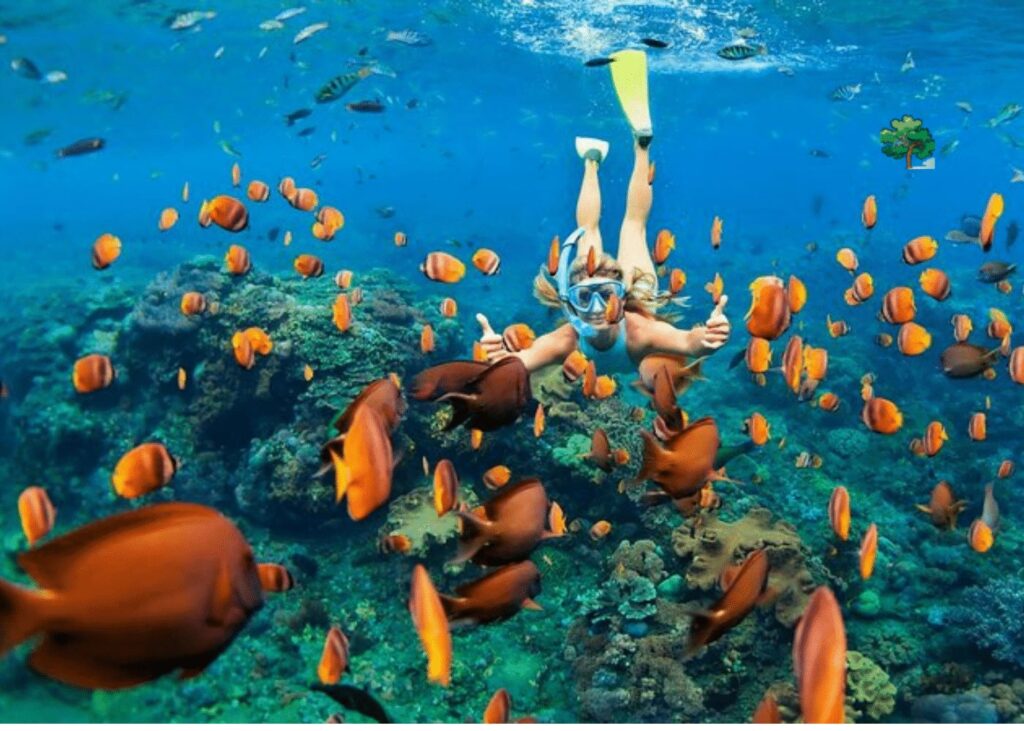
The best time to visit Kealakekua Bay State Historical Park is during the winter months (from October through May) when you are likely to see humpback whales migrating southward towards Hawaii’s waters.
Papahanaumokuakea Marine National Monument
Another place for Marine life in Hawaii is Papahanaumokuakea Marine National Monument. The protected area covers an astonishing 583,000 square miles of ocean, including islands, atolls, and other landforms. It’s home to a wide variety of sea creatures, from mammals like humpback whales and dolphins to seabirds like wedge-tailed shearwaters and red-footed boobies.
The monument was established in 2006 by President George W. Bush as a way of protecting marine ecosystems that are especially vulnerable to climate change or other human impacts. It’s also designated as a World Heritage Site by UNESCO (United Nations Educational Scientific and Cultural Organization).
Kaena Point Beach Park on Oahu
There are so many amazing nature spots in Hawaii, but if you want to see marine life, Kaena Point Beach Park on Oahu is the place to go.
The park is located in Kaneohe Bay and has white sand beaches, sea cliffs, and a reef system that makes it a great place to observe marine life. There are plenty of other activities at the park as well, like picnicking and hiking.
Kaena Point Beach Park has one of the highest concentrations of sea turtles in Hawaii and is home to many different types of birds such as albatrosses and terns. You can also spot whales from time to time!
Conclusion
We hope that you enjoyed learning about the marine and land animals you will see in Hawaii. We also hope that this blog post has inspired you to visit this amazing place. The islands are truly magical and have so much beauty to offer!
You can observe these animals in their natural habitat in suggested national parks.

